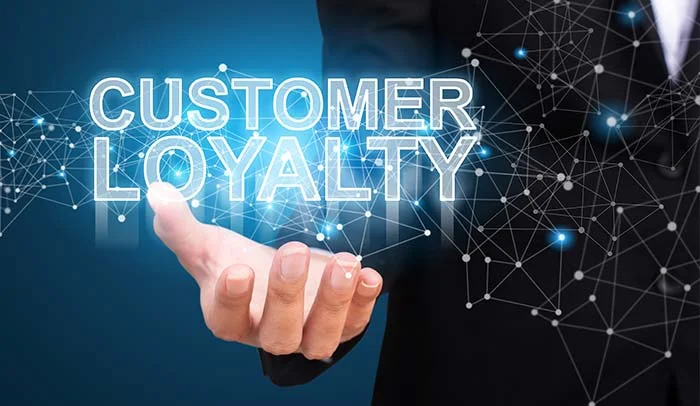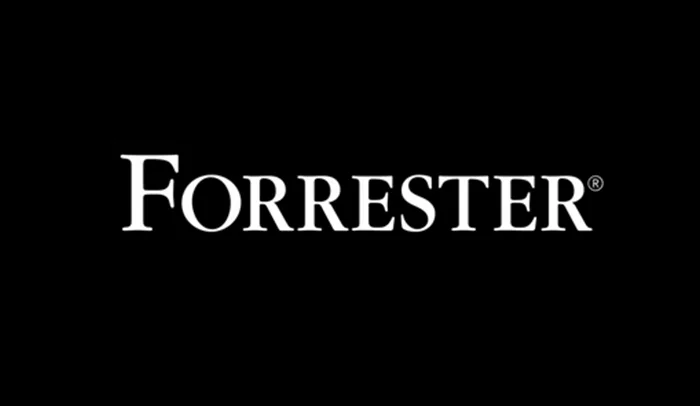
Exchange Solutions CEO, Mike Hughes is quoted in this Wise Marketer loyalty strategy article , originally posted at thewisemarketer.com on Feb. 10, 2021.
Wise Marketer's Guide to B2B Loyalty Strategy
This piece examines the nuances between coalition vs proprietary loyalty programs and the main value props offered by each with commentary from some of the world's leading loyalty marketing experts.
As we see a constant stream of new brands and retailers launching loyalty programs, most begin the decision-making process with considerations around whether to move forward with a coalition or a proprietary model. Each presents unique advantages and disadvantages, and for the most part, the conversation centres around the strategic, operational, and financial trade-offs each presents.
"Whatever path they choose, you want to make sure that your customer experience and your organizational commitment are strong as that's what's going to determine whether your program works."
— Mike Hughes, CEO of Exchange Solutions
Coalition Programs: Flexibility and Reach vs Control and Cost
There are several things to consider when discussing coalition programs. The first is the 'reach' of the participating brands. Coalition programs typically include brands outside of the category of the coalition manager and this reach can provide tremendous value for customers.
Customers can earn miles or points across multiple brands or categories (like credit cards, wireless or restaurants) and then redeem against a fairly wide variety of rewards including travel, gift cards, and access to unique events or experiences.
A great example of this is the U.S. market coalition program Plenti, which has participating brands like American Express, ExxonMobil, Rite Aid, Groupon, AT&T, Nationwide, and Expedia.
Proprietary Programs: Control and Brand Identity vs Reach and Simplicity
Proprietary programs give brands greater control over the customer experience, including the ability to customize rewards, messaging, and customer touchpoints. This allows for stronger brand identity and differentiation while creating a direct relationship between the brand and customer without third-party interference.
However, proprietary programs require more resources to develop and maintain, often resulting in limited reward options compared to coalition programs. They also face challenges in achieving the same scale of earning opportunities that coalition programs offer.
Evolving Loyalty Landscape
The loyalty industry continues to evolve with new technologies and changing consumer expectations. Key trends shaping the future include:
Technology Integration
- Mobile-first experiences that seamlessly integrate with customers' daily lives.
- AI and machine learning for personalized recommendations and predictive analytics.
- Real-time redemption capabilities and instant gratification features.
Partner Ecosystem Expansion
- Point exchanges implemented through cloud-based marketplaces will allow brands to connect with one another and deliver flexibility, choice, and added value to members.
- The intersection of blockchain technology and loyalty marketing may flourish here.
Next Generation Data Management
- The data collected through loyalty program operations is now regarded as an asset class that brings significant financial benefit to the brand that owns it.
- Consumers understand the value of their data and the emergence of data privacy and protection regulations reinforce these beliefs.
Key Takeaway
There isn't a definitive answer that will satisfy the marketers who debate about whether coalition or proprietary programs are the best choice as a customer loyalty model. Each brand must review its market aspirations, competitive playing field, and financial objectives against the pros and cons of each model. Engaging that process in a comprehensive process will lead to the best decision for your brand.
Ready to Choose the Right Loyalty Strategy?
Let Exchange Solutions help you evaluate coalition vs proprietary options for your brand.
Exchange Solutions Team
February 2021 • 11 min read





